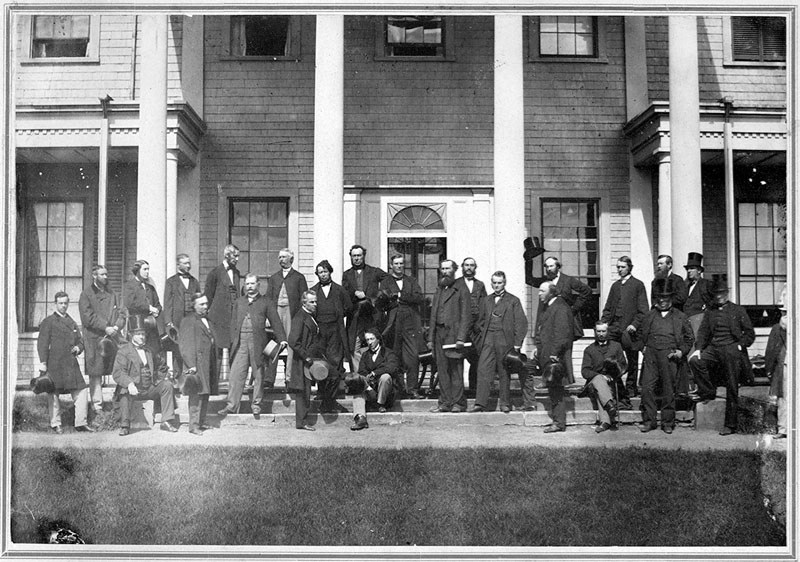1867 was a heck of a year around the world. Karl Marx wrote Das Kapital, his foundational theoretical text on communist philosophy, economics and politics. Tokugawa Yoshinobu, the last shogun, retired in Japan. British politician and future prime minister Benjamin Disraeli passed the Second Reform Act, offering enfranchisement to a large section of the male working class for the first time. Emperor Maximilian I was executed in Mexico.
But enough about the rest of the world. Here in North America in 1867, Canada became a country and it was a big deal.
Sure, Canada is now in its sesquicentennial year and it’s great to celebrate on such an auspicious occasion.
But what about going back, way back, to the beginning and beyond to celebrate all of the hard work and debate that went in to making Canada Canada in the first place?
The MusĂ©e HĂ©ritage Museum has something to help you do just that. 1867 Rebellion and Confederation is a travelling exhibition developed by Canada's national museum of human history in Gatineau, Quebec. It’s a bit of a hot potato considering how much interest there is on the subject over the year.
“It’s the 150th anniversary of the country,” said Joanne White, the curator at the MusĂ©e. “The Canadian Museum of History created this exhibit. They actually created two versions of it because there was such a high demand.”
One might not realize how much conflict and discussion led up to Confederation. It was a 30-year process that involved a lot of people and “a lot of backroom deals.”
“This exhibition explores the route to nationhood taken by a society in transition, and by the people who fought, negotiated and made compromises to forge a more peaceful union,” explains the text from the Canadian Museum of History.
“By tracing the pivotal moments leading to the draft of the British North America Act, this exhibition helps visitors to better understand how this legacy continues to affect our identity, our values and our institutions.”
One can surely expect a lot of social studies classes to make field trips to the MusĂ©e before March 26. The exhibit is a fairly concise yet somehow still exhaustive primer on the timelines that lead up to Confederation and how people reacted from sea to sea. It starts 30 years before the big day when right after Queen Victoria ascended to the throne, the inhabitants of Upper Canada and Lower Canada started to fight for responsible and representative government. When countryhood finally became official, there still weren’t many people cheering in the Maritimes where many were in opposition.
“Some of us have a general concept of what went down as it were. This will help them getting a clearer idea of what the bigger picture was,” White said.




